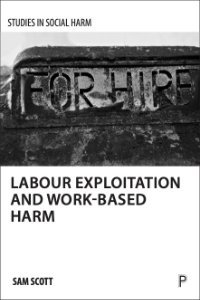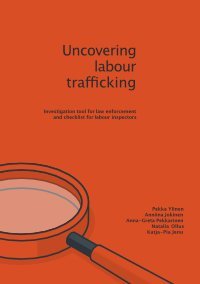By Focus on Labour Exploitation (FLEX)
Labour exploitation must be recognised as part of a continuum of experiences which range from decent work through to minor and major labour law violations, all the way to severe exploitation, including human trafficking. When workers are unable to access rights or to challenge poor employment conditions at those ‘earlier stages’ or ‘lower levels’ of exploitation, it paves the way for more severe exploitation including trafficking.
The Modern Slavery Act 2015 focused on identifying trafficking which had already taken place. For those people who have been trafficked, this is too late. Ten years later, and with an Employment Rights Bill going through parliament, policy-makers should turn their attention to prevention, by addressing the conditions which have allowed trafficking for labour exploitation to thrive.
The Employment Rights Bill provides significant opportunity here. The Bill must be amended to ensure that all workers can access rights early, knowing that the authorities will focus on addressing their exploitation and delivering justice.
London: FLEX, 2025. 5p.












